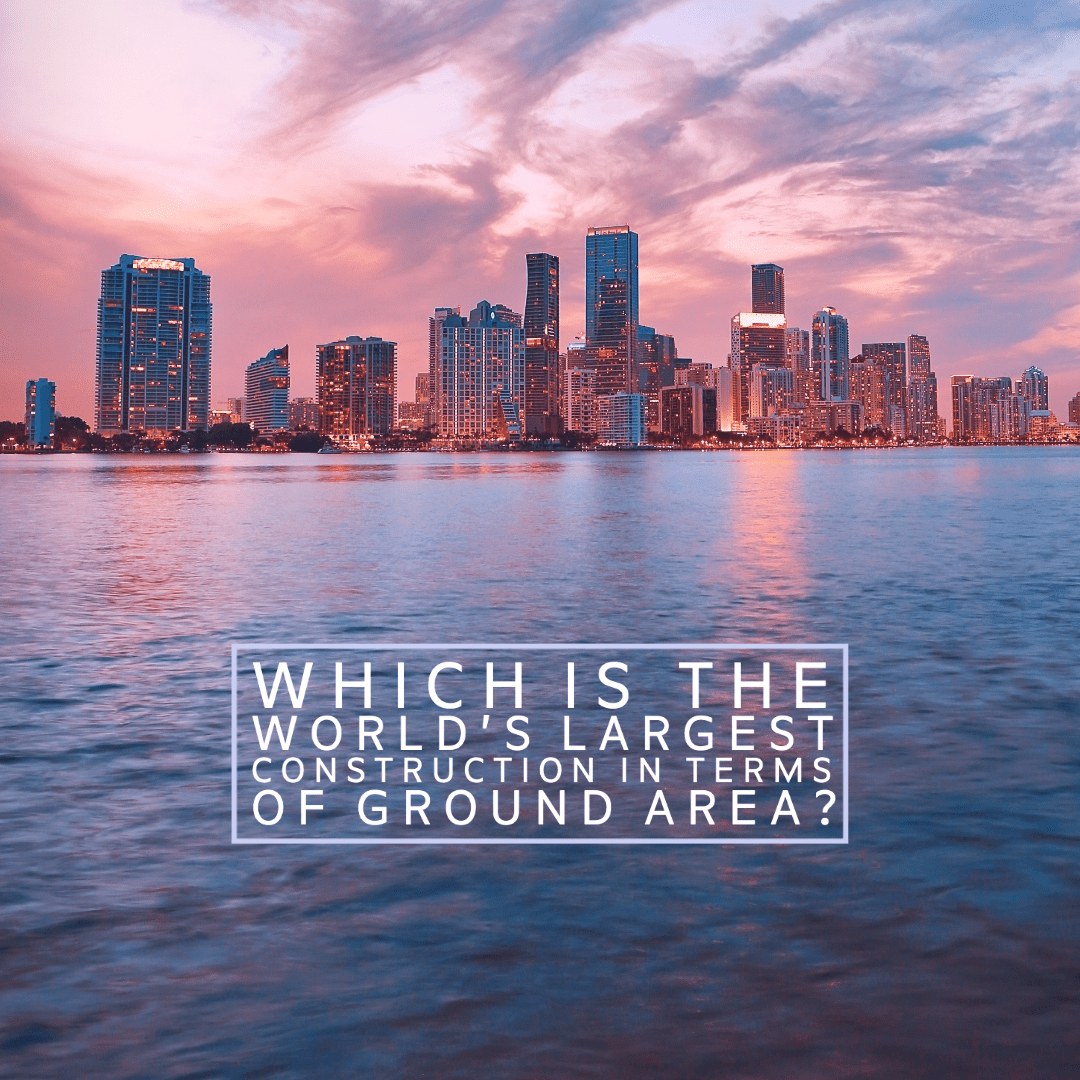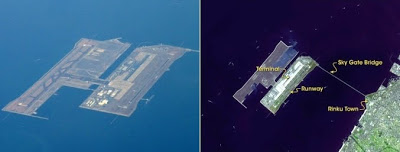Since the dawn of civilization, humans have practiced the skills of building. In earlier times, this urge to build was a necessity to compensate for things that nature couldn’t provide for us. It might have been a hut or a shade under a tree. Our ability to build distinguished us greatly from our ancient animal predators. Essentially, we learned that building stuff is a skill that we should never let go of. As time passed on and civilization grew, the need to build things grew less and less imminent. However, we were no longer building to ensure our survival; we were now building simply for the sake of building. This inspired us to focus on the art of constructing and to try and copy the natural examples Earth had set forth for us.
While we are nowhere near the level of Earth’s greatest creations like Mount Everest, the competition to erect gigantic walls and to fashion extravagant castles started thousands of years ago. In the Ancient World, we find remnants that survived the test of time again and again. One example that you might have heard of frequently is that of the Great Pyramid of Giza. It was constructed over four and a half millennia ago, presumably, by the sheer strength of hands. Not only has it kept standing in almost the same state in which it was created, but it has also remained the tallest structure created by humans for nearly 4 000 years (until beaten by the St. Paul Cathedral constructed in 1240 AD). Another impressive build from the ancient world that is worth mentioning is the Great Wall of China.
Made over two thousand years ago, the Great Wall served the purpose of guarding against invaders by its sheer length, which happened to be about 4 000 miles. This majestic wall that holds the title of being the longest wall ever made served both as a physical and mental barrier for the raiders of the time.
As centuries passed, our enthusiasm to create structures to rival the skills of nature itself only grew. Therefore, with the growth in science and, consequently, our knowledge of architecture, we found ourselves more than capable of building unseen marvels like giant spacecraft or underwater museums. Along with these, however, the race to build the most massive structure also continued. So, let us take a look at the largest artificial creation of our civilization.
When it comes to height, there are a lot of candidates. As of 2020, the tallest building in the world is the 2 716 feet high Burj Khalifa (known as Burj Dubai prior to its inauguration). There are plans by other organizations to create even taller buildings up to 3 280 feet though no such constructions have yet been completed. In terms of the largest ground area covered by an artificial structure, however, the world record holder for the last fifteen years is a structure in Japan.
The construction is Osaka’s Kansai International Airport Japan constructed the airport within a period of five years and opened it for civil aviation in 1994. The runway, terminals, and parking area, as well as the approach road to Kansai airport, have been constructed above the Osaka Bay on thousands of steel piles and more than 1 million concrete columns driven in the sea bed. This mega-project was taken up to restrict the traveling time between Osaka city and the airport to less than 30 minutes, and only seaward direction was available for it. The meticulousness of planning is revealed by the fact that although there is only one runway, the provision has been made for parking 41 airplanes. It was constructed in almost seven years. It was made to have two terminals; Terminal 1 and Terminal 2. Terminal 1 holds the record for being the longest airport terminal in the world, having a length of 1.1 miles.
Although the height of this construction is negligible, its length is 2.65 miles, and its width is 0.77 miles, making its overall area 3.35 square miles. It is the most ambitious project since the construction of the pyramids, besides being the most expensive – costing 15 billion dollars. To ensure a flawless installation of the project, the Japanese did not hesitate to engage the services of the Italian architect named Renzo Piano and the British engineer Peter Rice. This airport is truly a marvel of construction.
You might also like:
- Which is the world’s fastest railway train?
- Which is the world’s oldest city still inhabited as in the past?
- Which is the largest diamond ever known? Who owns it now?
- What is the secret behind strength and durability of the Great Pyramid of Khufu?
- Is the Great Pyramid of Giza only Wonder of the World in its original form today?

